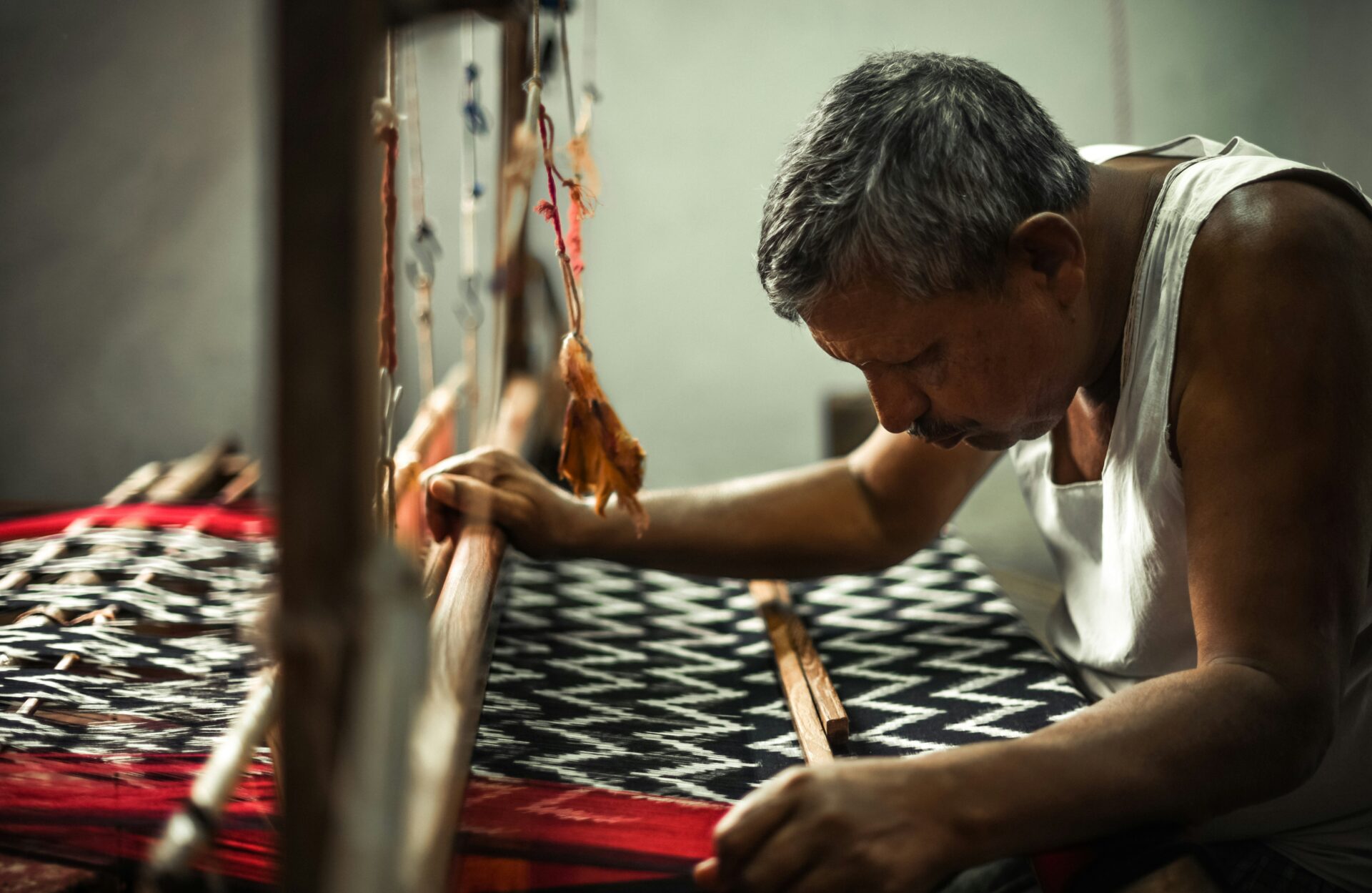Sustainable clothing. Sustainably made. Sustainable dressing. Sustainable style. Sustainable fashion.
Just a few of the phrases we come across all the time, when we’re talking sustainability in fashion. But what really makes a garment sustainable? Well, to be honest, there is no one-size-fits-all. Sustainability will always be a little bit of this and a little bit of that. But here are a few things you can ask yourself (or the makers/sellers of a garment), to determine how sustainable your garment is.
1. How old is the garment?
‘The most sustainable garment is one that’s already in your closet.’ The age of a garment may have little to do with how sustainable the fabric is, and how it was made. But the older a garment, the more likely it is to have been worn, and the longer it has been kept out of landfill. And if it’s had multiple owners, even better!
2. What materials does the garment use?
Natural does not inherently imply sustainable. For instance, viscose is made of cellulose and is, therefore, natural. But the extraction and production and chemical- and energy-intensive processes, making it unsustainable. Not to mention the fact that it’s been linked with extensive deforestation. And the jury is still out on leather and wool. On the other hand, Econyl is very much a synthetic fibre, but is made of recycled waste, making it a more sustainable choice. When buying a new garment, we need to consider its impact, looking not just at the core material, but also the embellishments. What is the percentage of spandex in it? Does it have a lot of elastic? What are the buttons made of? Does it have sequins (usually plastic) on it? What dyes and chemicals does it have on/in it?

3. Where was the garment made?
Does the garment have a long supply chain? A longer supply chain obviously means a higher carbon footprint. It also often implies a greater likelihood of labour violations and cheap production. A locally-made garment will not only have low carbon footprint, but also helps support the local economy. Chances are also high that the garment was handmade, which further brings down its impact, and directly supports the makers.
4. Who made the garment?
What do you know about the people who made your clothes? Brands that are transparent and credit their workers are more likely to pay fair wages and ensure safe working conditions. And if you’re buying directly from the makers, even better.
5. How often are you likely to wear the garment?
This is a critical factor to consider when buying something new—or even secondhand. According to multiple reports, the average garment is worn just 7 times before being discarded. But you need to wear a garment at least 30 times to offset the carbon footprint from its production alone. Throw in post-consumer impact, and you need to wear it many more times—by some accounts, 100 times. So this is really the most important question to ask yourself. If it’s going to sit in your closet, you—and the planet—are better off with you not buying it. But if you’re certain you’ll be turning to it often enough, go for it!







